How to create a foliage border - the smart low-maintenance way to fill your garden with colour all year round
Discover how to create a foliage border that offers long-term interest and colour
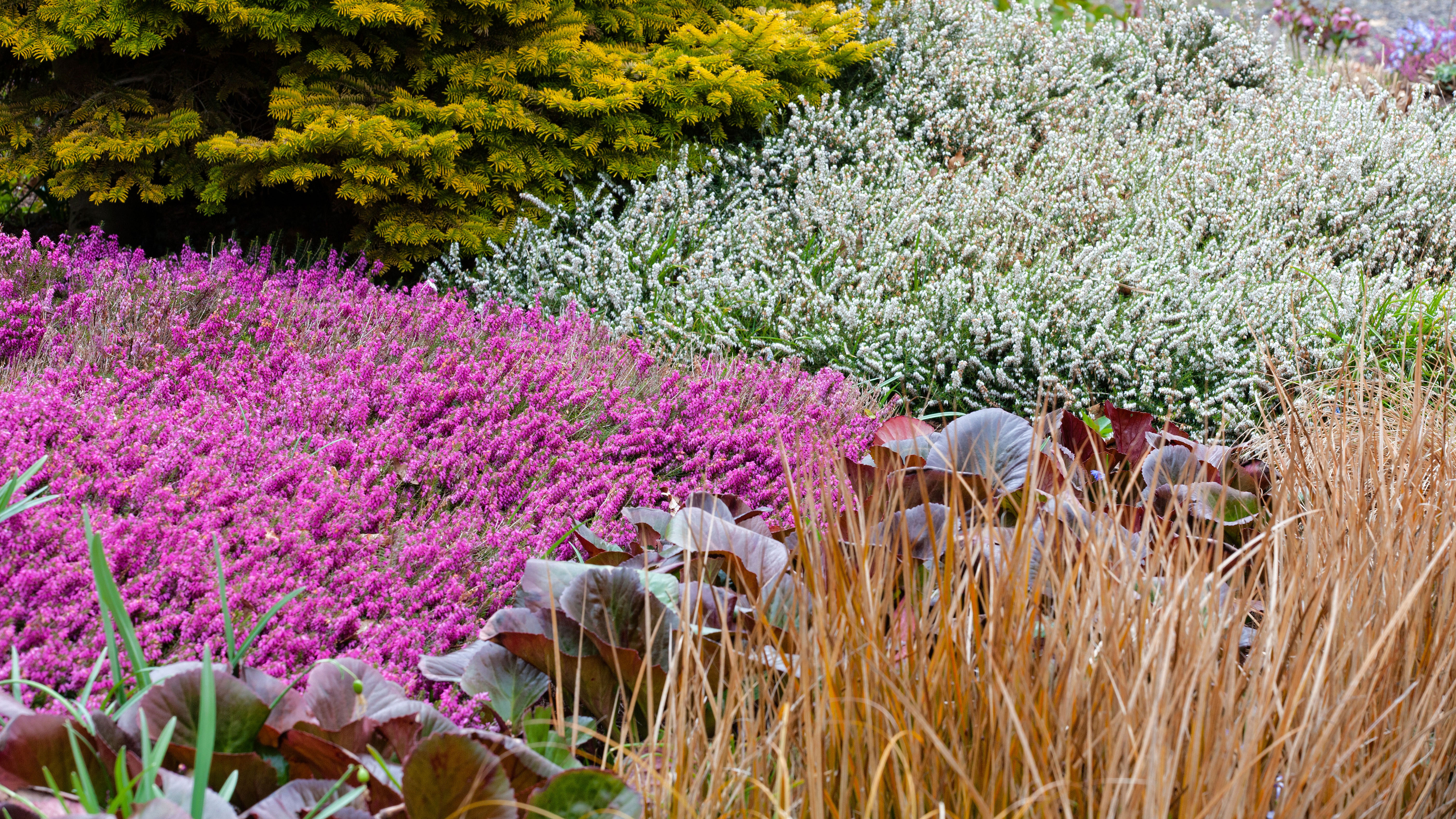

Learning how to create a foliage border is a lesson in celebrating the under-appreciated elements of a plant. Too often flowers and blooms take centre stage with foliage taking a supporting role – however, when you look more closely, there are so many different colours and textures of foliage to enjoy.
Garden border ideas that let you make a feature of the leaves and greenery will create a display that will shine regardless of the season. If you want to give a foliage border a go in your garden, here's how to get started.
Research different ideas for creating a foliage border
The first step to creating a foliage border is to develop a colour scheme. There are plenty of colourful garden ideas that can help inspire you.
Just as when designing flower bed ideas, take a painterly, artistic approach – creating combinations that complement each other and bring out the best in the other plants. Do you want to bring in plants with deep red, orange and yellow leaves or are you more drawn to the cooler greens, white and silvery blue hues? If you're unsure, then the colour wheel can prove infinitely helpful.
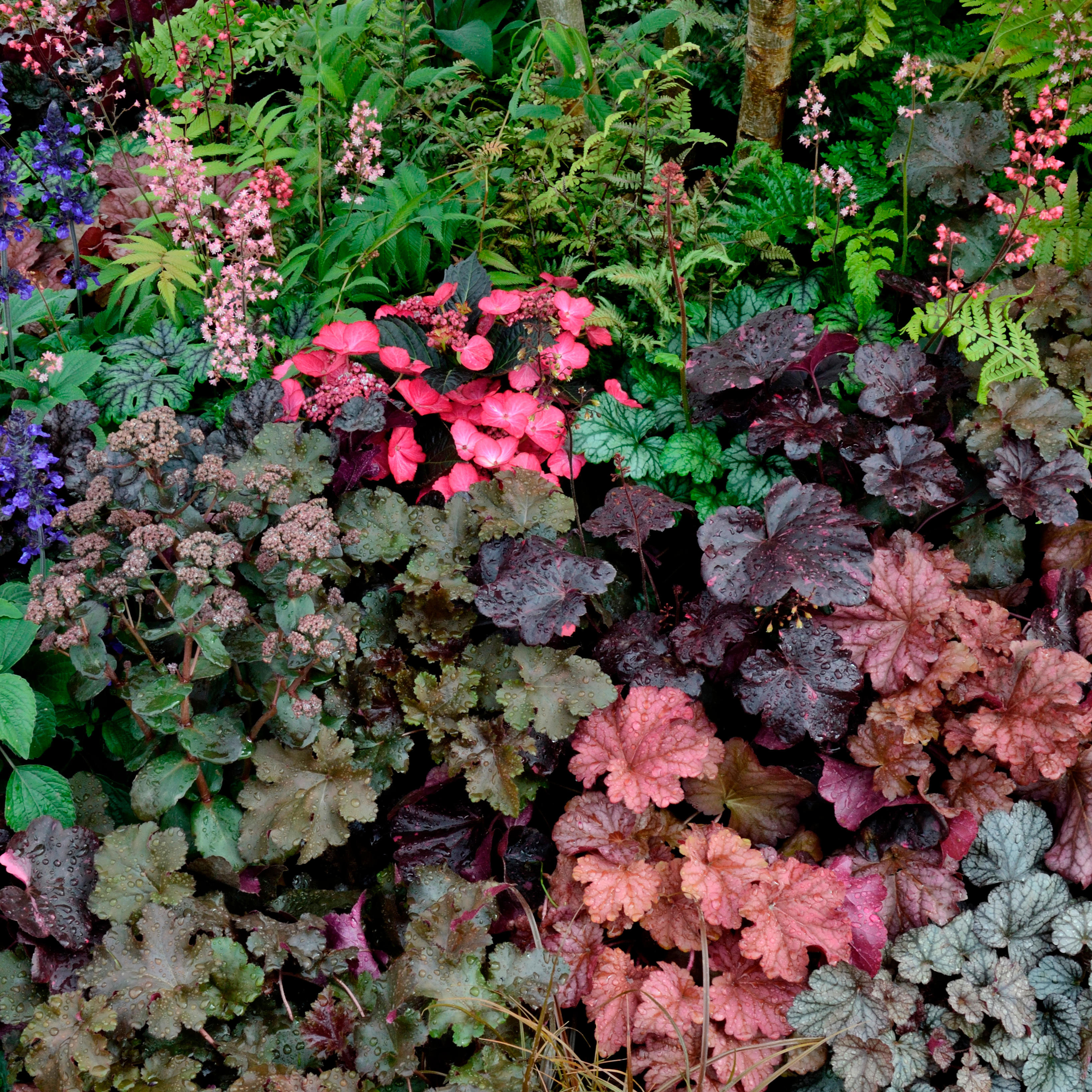
With that decided, you then need to choose the plants. Start with the best evergreens. These will help you establish a solid backbone against which you can add deciduous plants to create different points of interest throughout the year.
'When designing your border, consider the specific location and choose plants that thrive in those conditions, whether it is full sun or dappled shade,' says Julian Palphramand, Head of Plants at British Garden Centres.
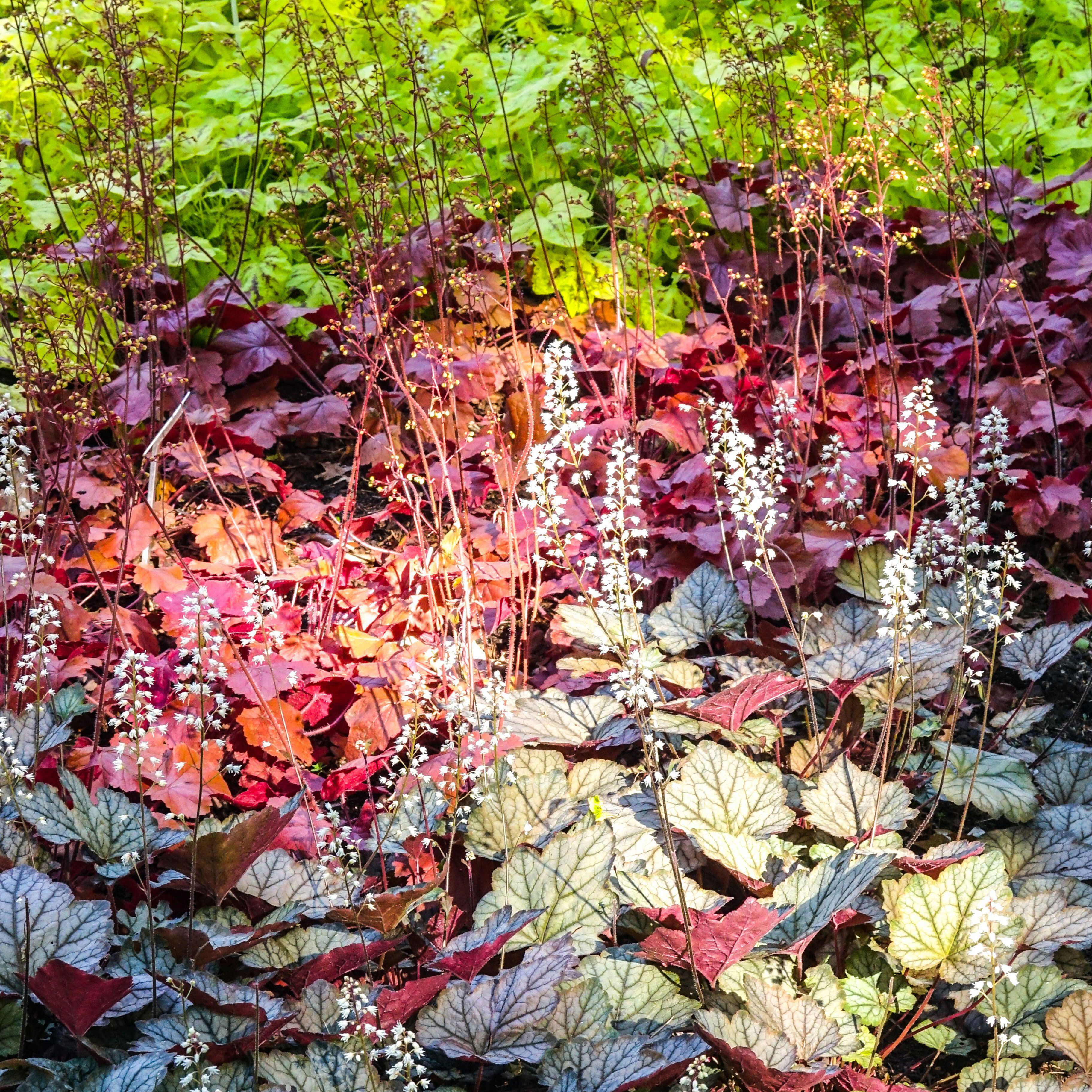
There are lots of plants from which to choose – however, you must select plants that suit your space. For example, opt for bedding plants for shade in borders that are afflicted by shadows or consider low-maintenance border plants if you know you don't have the time to dedicate to lots of gardening.
Get the Ideal Home Newsletter
Sign up to our newsletter for style and decor inspiration, house makeovers, project advice and more.
'Heathers are an excellent choice, as they come in a wide range of colours and are ideal for low-growing borders. For shady border areas, Heucheras provide beautiful foliage in various shades of red, orange, and purple,' says Julian Palphramand, head of plants at British Garden Centres. 'We also recommend ornamental grasses – such as the best ornamental grasses for shade – to add movement and texture to the border, with many species turning golden or bronze in autumn.'
'If you want a low-maintenance minimalist garden why not edge a bed in blue fescue and infill with a single species such as ajuga, a low-growing evergreen shrubs which needs no maintenance? Mass planting of heuchera also looks fabulous in a border of crisp green Japanese holly. If colour is more your thing fill with autumn bedding underplanted with spring bulbs then replace with summer bedding once they have gone over,' says Angela Slater, gardening expert at Hayes Garden World.
Adding some ground cover plants to prevent weeds will also keep the foliage border low maintenance.
Consider layout
Garden layouts can feel daunting but they're actually straightforward when you know what to do.
'One of the most important things to consider is to vary height, scale and leaf shape. You’ll need some tall bold plants as full stops, and at the back and perhaps some lower options to edge the border,' says Harriet Worsley of Worsley Design & Consultancy. It's also worth seeking out bedding plants that slugs hate to prevent your foliage border from being decimated.
'You might want to weave soft grasses through the bed – or just have a mass of grasses on their own – using just one plant in blocks can look very striking. For a mixed bed or border, the best option is to use contrasting leaf shapes – long thin strappy leaves next to round pads next to soft ferns next to spiky holly,' adds Harriet.
Create a plan
Once you've chosen your plants, the next step in learning how to create a foliage border is to draw up a plan. Depending on your artistic skills and ability to visualise, this can be done on paper or can involve placing the plants, in their nursery pots, on the soil and moving them around until you get an arrangement you love.
Whether you draw up a plan on paper, or physically put the potted plants in the proposed spaces, remember to take into account the estimated full height and width of the plants as well as how the colours may change throughout the year.
'The first thing to look at is structure; borders need some bold plants to anchor a scheme. These could be tall uprights – pleached trees, pyramids or even a wooden structure. It’s so important to imagine how a garden will look during the cold dark months – look for plants that will add colour to a winter garden. If you have a small garden, every plant needs to work, and no one wants to look out onto a flat brown pad of earth between November and February,' says Harriet Worsley of Worsley Design & Consultancy.
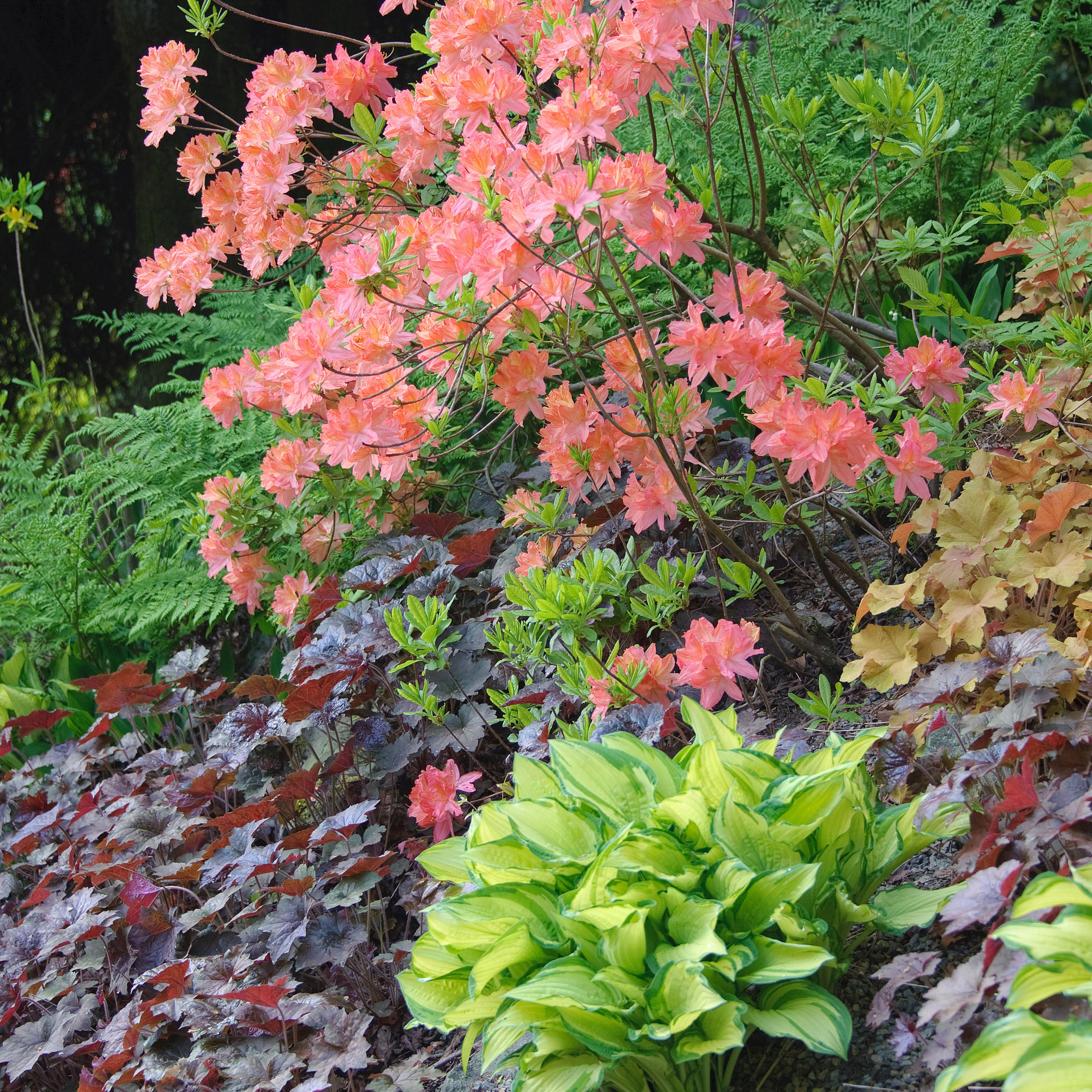
Plant your foliage
Now that you've got your layout and plants decided then it's time to start planting. Getting the timing right is essential – for example, if planting bedding plants, make sure you know when to plant out bedding plants. You should also check the specific instructions as this will help your foliage border have the best start in life.
Maintain your foliage border with mulching and pruning
Maintenance is vital when creating a foliage border – this will keep the plants looking vibrant and colourful and will prevent everything from becoming overgrown.
'To keep down the maintenance, always mulch with chipped bark, it not only keeps the weeds down but also retains moisture,' says Angela Slater, gardening expert at Hayes Garden World.
If you are including ground cover, it is also important that you know how to trim ground cover plants to prevent them from taking over your foliage border.
What are the best plants for a foliage border?
Angela Slater, gardening expert at Hayes Garden World advises these are the best plants for a foliage border.
- Blue Fescue (Festuca glauca). Small clump forming blue grass makes a good border in a minimalist garden.
- Brunnera macrophylla ‘Jack Frost’. Low-growing herbaceous perennial with large evergreen cream and green heart-shaped leaves. Produces lots of small blue forget-me-not type flowers. If you are a foliage purist and don’t want flowers just cut them and place them in vases in the house.
- Christmas Box (Sarcocca). This has dark green shiny foliage and is no relation to the box which is susceptible to box blight. It produces small white highly fragrant flowers over winter.
- Hebes. These small evergreen shrubs come in a huge range of coloured leaves from silvery blue, cream/green variegated, red-edged and pink. They produce small flowers in shades of pink, white, blue and lilac.
- Heuchera. These evergreen herbaceous plants come in a huge range of colours from almost black to pale lime and light coral. They are low-growing and virtually maintenance-free, just remove dead leaves in spring.
- Hostas. These large-leaved herbaceous perennials come in a huge variety of sizes with colours ranging through green, cream variegated and glaucus blue. Try lining the path to the front door. The downside is that they are not evergreen, they die back in the winter.
- Japanese Holly (Ilex crenata). This evergreen shrub looks almost identical to box but without the problems of blight.
- Privet (Ligustrum ovalifolium). This evergreen shrub will grow tall so needs to be pruned twice a year to keep it small. It is a good alternative to box.
- Yew (Taxus baccata). This classic evergreen tree is ideal for a formal parterre style border and can be kept to a manageable size by clipping. If you want it kept low let it grow to about 6ins above the desired height then clip back to your preferred height. Clip it over once a year in the autumn to maintain its shape.
Where to buy plants for a foliage border
- Crocus: An amazing range of grasses to add height to a foliage border.
- Sienna Hostas: These Hosta specialists have a huge range to choose from.
- J. Parkers: conveniently has all its foliage plants, even edimentals gathered together in one place to browse.
Low maintenance and beautiful, what more could you want in a garden border.

Holly is one of Ideal Home’s content editors. Starting her career in 2018 as a feature writer and sub-editor for Period Living magazine, she has continued this role also adding regular features for Country Homes & Interiors and the Ideal Home website to her roster. Holly has a passion for traditional and country-inspired interiors – especially kitchen design – and is happiest when exploring the countryside and hills of the Lake District. A keen gardener, she is a strong believer that you can never have too many houseplants.
-
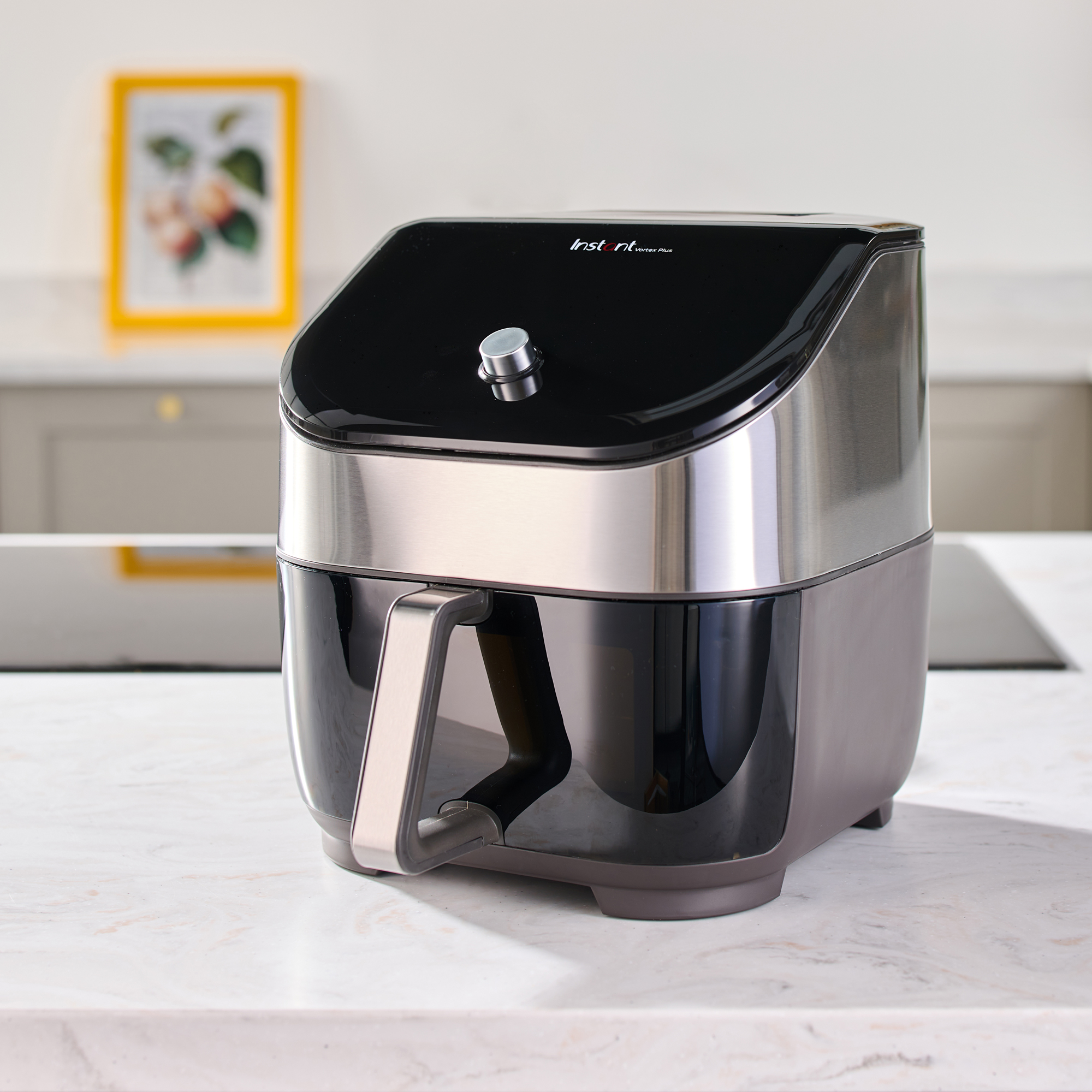 Should an air fryer be on display in a kitchen or hidden away? This is why I always keep my small appliances on the worktop
Should an air fryer be on display in a kitchen or hidden away? This is why I always keep my small appliances on the worktopAre you on team display or neatly hidden away? Share your opinion in the comments
By Rebecca Knight
-
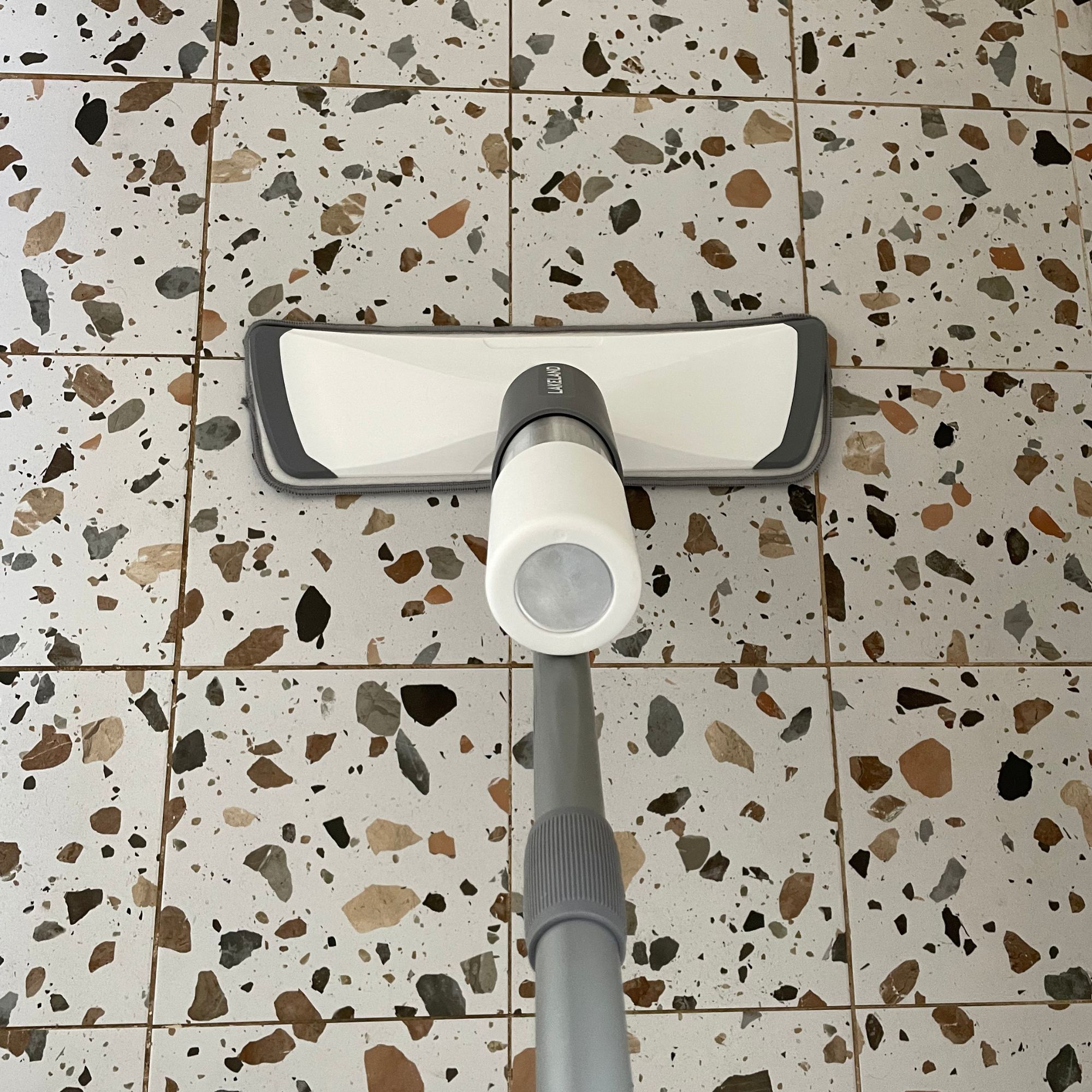 Experts warn that these 5 mopping mistakes are making your floors dirtier — and damaging your floors in the process
Experts warn that these 5 mopping mistakes are making your floors dirtier — and damaging your floors in the processThis is how to keep them clean and avoid costly damage
By Lauren Bradbury
-
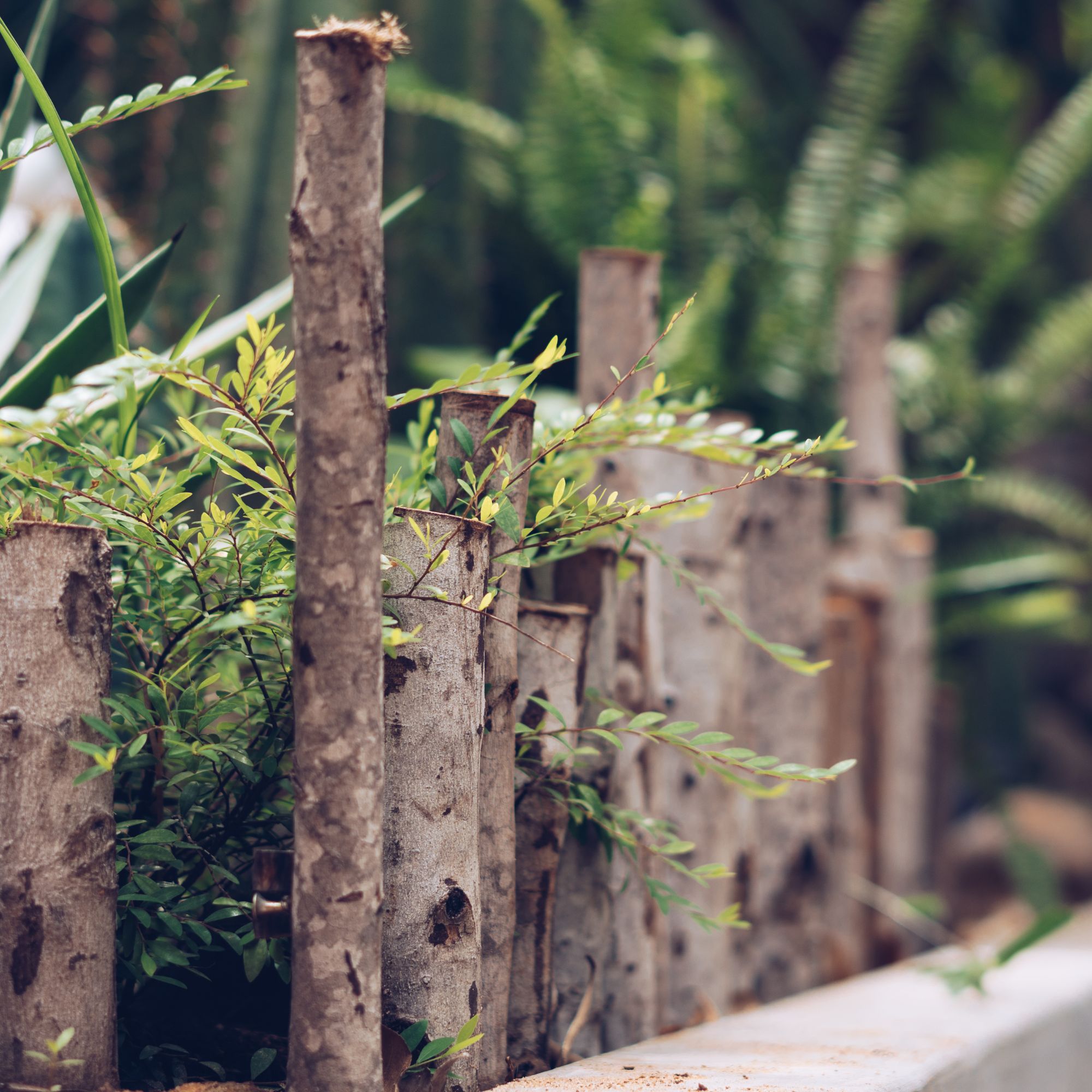 Move over, fences – dead hedges are the wild and wonderful alternative your garden will love and they're easier to build than you'd think
Move over, fences – dead hedges are the wild and wonderful alternative your garden will love and they're easier to build than you'd thinkThe perfect eco-friendly solution for small gardens
By Kayleigh Dray